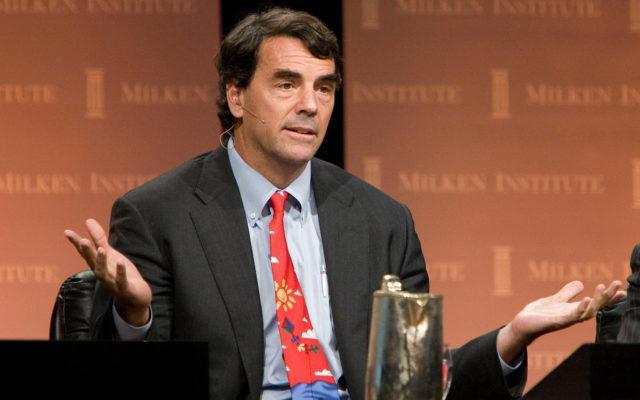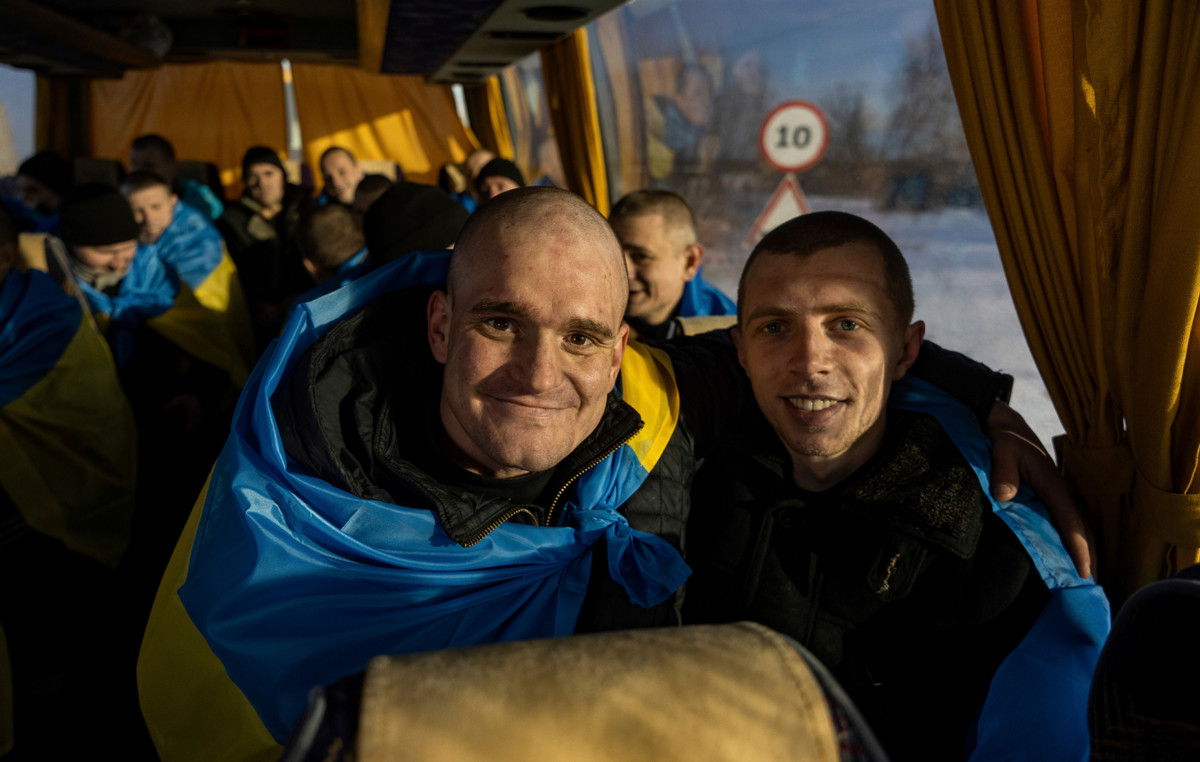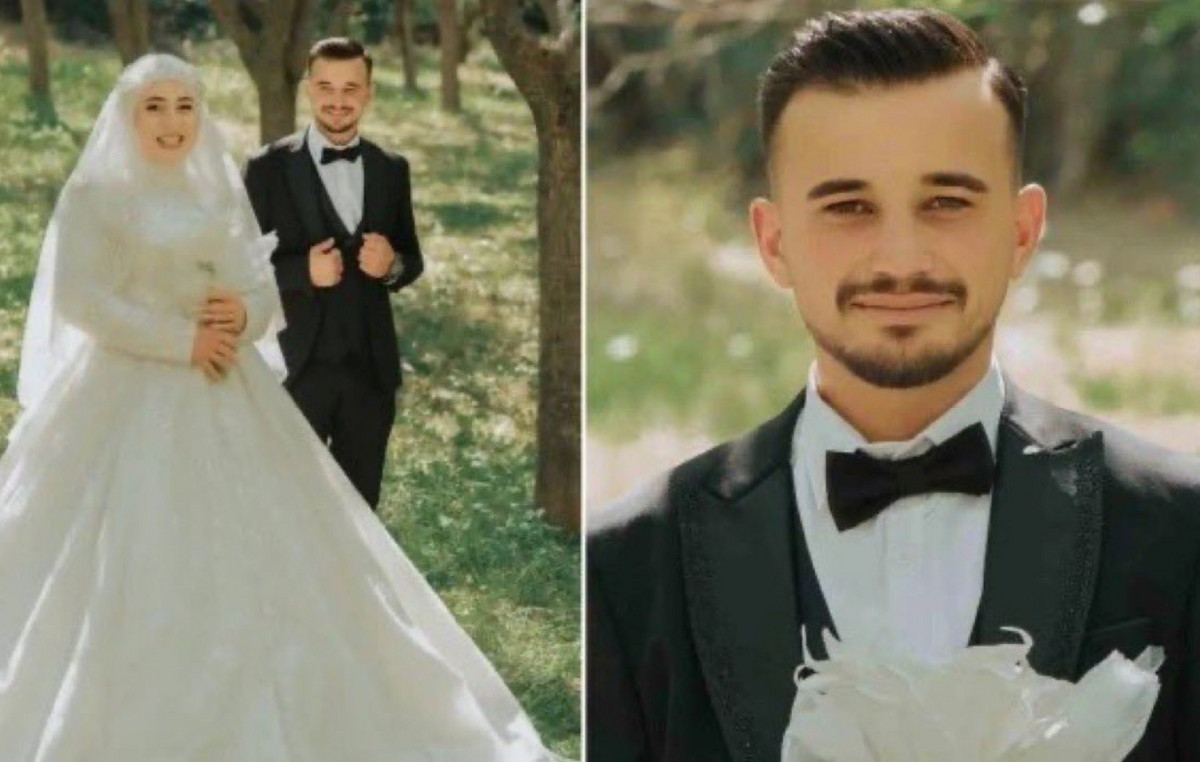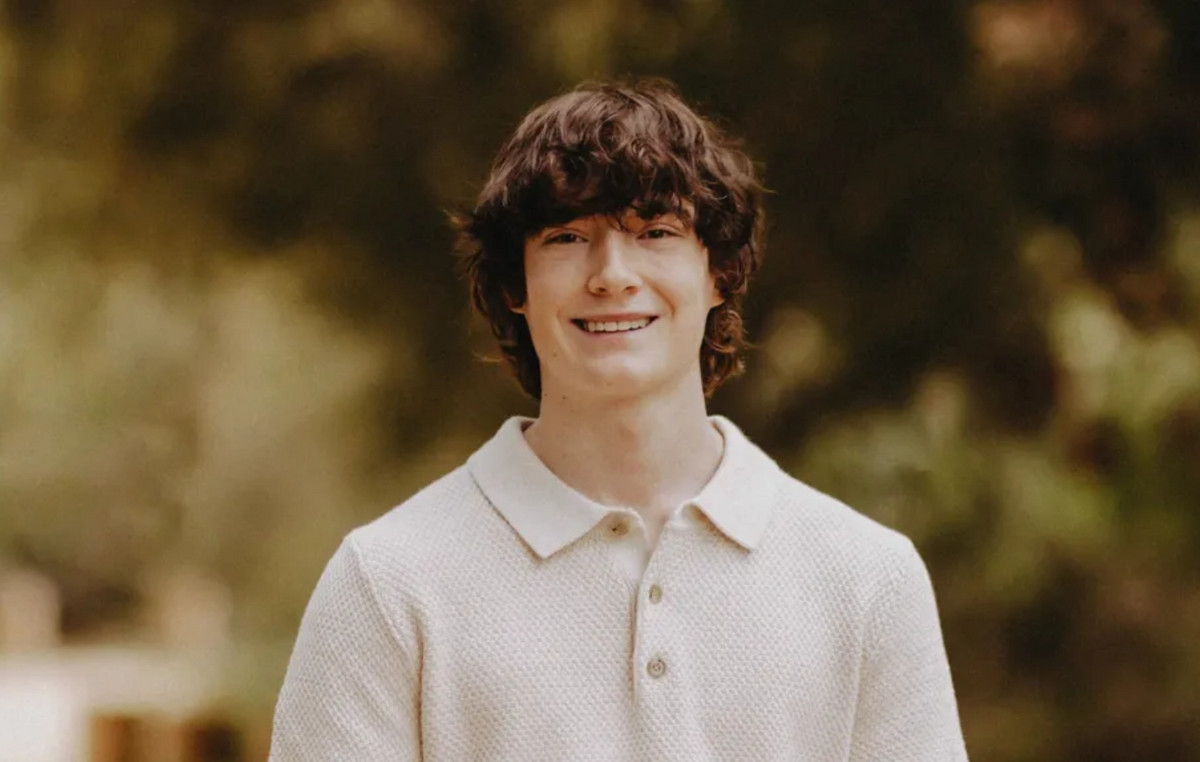Saturday 28 June officially enters into forceEuropean Accessibility Act. Establishes that All economic operators they will have to guaranteeto meet the needs of people with disabilities, compliance with accessibility requirements of digital products and services. Among these, among these, banking services for consumers, e-commerce services, that for access to audiovisual media, but also books, and services relating to passenger transport. There Master School of the Polytechnic of Turin organizes, in collaboration with Istud Business School the Master of I level in User Experience for inclusive designone of the first courses in Italy which forms UX Designer specialized in the design of inclusive and accessible digital services.
The goal is to generate digital applications and services accessible to every particular need and every form of disability by forming professionals in UX inclusive design capable of designing inclusive digital services, engaging and easy to use. The digitization and attention of companies to experiential aspects have led to a rapid increase in the request for hybrid professional figures, capable of combining different knowledge in a perspective attentive to inclusiveness and sustainability.
The work of the User Experience Designer starts from real needs, these needs are specified in the interaction that the user has with technologies. Who requires inclusive design? Respond Andrea di SalvoAssociate professor at the Department of Architecture and Design (DAD) and Coordinator of the Master in User Experience for the inclusive design of the Polytechnic of Turin. «The temptation to say that nobody can do without inclusive design is very strong, however, it is still difficult to make it clear. It almost seems that trivial aspects – such as readability or screen reader – are issues to be addressed later, compatibly over time and the budget that remains. The European Accessibility Act (EAA), on the other hand, made it explicit. Personally I always use the pre-surface word, that is,, The inclusion is upstream of any projectbe it for: large companies that have accrued awareness of economic, ethical and communication value; small companies that – albeit struggling – want and need to show themselves up to a rapidly evolving market; of the third sector that has always been working on these themes as a mission ».
“It is almost obvious to mention the public administration, the first to move and also experience accessibility in a sometimes clumsy way, but honestly I have always found very attentive, proactive and creepy interlocutors and interlocutors. Faced with the needs of these actors, consulting agencies and design studies have long adopted inclusive design for some time, forming and hiring experts and experts, it is a virtuous approach. The value of inclusive design is therefore recognized. There is a lot of talk – too much – often of the economic sanctions provided by the EAA for those who do not respect the foreseen criteria, among the many disciplines that are studied at the Master we also find this long -standing question, but in this case I would like to underline how strong the cultural impact has been to waterfall, because each family, unfortunately, had to deal with a person who, at a certain point of their lives, even for personal issues, had to face some disabilities, Then focus that that particular digital service, designed specifically for blind people, was damn useful even as we guided, while we had our hands committed, when we are afraid of forgetting an important appointment. I think there is therefore also a growing request from below ».
Can we speak of inclusiveness to the plural? Do you work and draw differently? Is there a common formula, guidelines to always keep in mind?
«Inclusive design has a process, a formula, and consequently consolidated guidelines. Someone could say that many of the concepts have been present in a common design process for decades, and it is undeniable, the Human-Centred Design is not light years away, on the contrary. The main differences, in my view, belong, however, to two main sets: the culture of the project and the knowledge of the details. Designing inclusively means doing the counts immediately with everything we usually take it for granted or pretend to be not seeing. Is it possible to foresee immediately that an application is understandable, readable for an elderly person? It is possible to build and communicate all
steps to sign a contract – or enroll in university – to a dyslexic, discalculic person, with ADHD? Yes. And by building the project with these needs it is possible to climb it, because a clearer, synthetic text and with adequate characters is useful to anyone who urgently urgently finds under stress or even in conditions of
critical light ».
Is it just usability?
“No, it’s much more. The whole conspicuous and onerous part, it must be said, of users’ analysis is therefore so large
how much empathetic. And the details? Try only to scroll through the web content accessibility guidelines (Wcag) and you will see the wealth with which every aspect of an interface is analyzed, suggesting possible solutions. These are not technicalities, on the contrary, it is the
Continuously evolving toolbox that a designer must know in Menadito. Here, the inclusive design does not aim only to the object, the artifact, the application, but
Also and above all a profound understanding of those who experience it day by day. In summary, the 3 principles are: recognize exclusion; learn from diversity; solve
One, extend to many ».
Can you tell some projects?
«Every year we ask girls and boys of the master to work on a project work in collaboration with a company or design study. We believe it is a point
Fundamental to training to experiment and put all the concepts discussed in the classroom on the ground. From the early stages, students and students have therefore interviewed and followed in the
their daily users users, understanding and empathizing. They visited work, sales, daily life places, have hypothesized new experiences and digital methods to make Empowering, have returned from real people to understand if what has been done was not only useful but also pleasant and truly reliable in their lives. With Carrefour for the second consecutive year we worked to create not only an app, but a real service that allows blind people to shop independently. On the one hand we have an app capable of supporting people step by step using technologies, advanced sensors and artificial intelligence starting from
Creation and updating of the shopping list, from the planning of the experience, to the filling of the cart, the payment and the return home. To this we have associated the project of a series of staff training activities in the store, which can
welcome and follow people. It is clearly a complex and widespread, but feasible project and we are working to make sure that all the components go to the system. In collaboration with Hackability, a student has instead designed a system to make it easier for the cutting operations in the kitchen for a person with a serious disability
motor, applying the for each design. With Iveco a group of girls/s) designed an application that would put the value of the community for drivers at the center. We refer to the
Incredible quantity of information that girls and boys obtained by going to interview the drivers in the parking pitches, near the showers, in the places where they find food but where you no longer discuss, no longer ties ties. Find the way to recover the
Community concept for such a lonely and tiring job was a compelling challenge. Other examples can, however, be a system that combines highly qualified real people such as the recruiters of HR (human resources), artificial intelligence and candidates/s to manage the entire flow of interviews in the company in a much more human way, from the application, to the interview up to the feedback. A project to give value to all the people involved, each
with their specific needs “.
Source: Vanity Fair
I’m Susan Karen, a professional writer and editor at World Stock Market. I specialize in Entertainment news, writing stories that keep readers informed on all the latest developments in the industry. With over five years of experience in creating engaging content and copywriting for various media outlets, I have grown to become an invaluable asset to any team.







